The Full Jollibee Mascot line-up
You know and love the big red anthropomorphic bee in the suit when you see him, but do you know his friends?
Courtesy of Echo-Marav via deviantart.com
Did you know that the Jollibee mascot line up was designed and inspired by Disney characters such as Mikey Mouse and Donald Duck? They were envisioned with the idea of what creators (and scholars) called, “Filipino Optimism”. A characteristic set of core values associated with Filipinos: Family-Centric-ness, Politeness, Hospitality, Gratitude, Shame, Flexibility, Loyalty, Hard work, and Resignation (aka the Bahala na attitude).
Characters were based on food items sold by the fast food company, although some were eventually discontinued as a mascot. Those that remained eventually became a staple of the brand and even made it to television with their own show “Jollitown” in 2008 with 6 seasons and a total of 82 episodes. Here’s the breakdown of Jollibee’s cast of characters since its inception.
Jollibee
Courtesy of Jollibee’s ‘A 25-Year Love Story with the Pinoy’
The Icon himself, Jollibee, was introduced in 1980 as the first mascot for the food chain. Dressed in a red suit and chef hat, this anthropomorphic has become the face that brings joy and happiness to the customers. The first iteration of him was more slender and wore green bottoms,
Chickee
Courtesy of Percy’s Fast Food Toys
Chickee was one of the 3 brand mascots introduced in 1983 after the success of Jollibee. Shown as a chicken standing upright with female features, she represented the chickenjoy chicken but was later discontinued in in the mid 1990s.
Lady Moo
Courtesy of funky_helper_monkvia via Flicker
Lady Moo was also introduced in 1983 and represented the milkshake product of the food chain. Shown as an anthropomorphic Cow with female features. She was also discontinued in the mid 1990s.
Mico
Courtesy of funky_helper_monkvia via Flicker
The last set of the mascots released in 1983, Mico portrayed as a young child in red shorts with overalls and a cap that looks like a milkshake cup. He was created to promote the breakfast and milkshake items. Alike the mascots released the same year, he was also discontinued in mid 1990s.
Champ
Courtesy of Jollitown.fandom
Introduced in 1984 but later discontinued in 2004 Champ was a mascot that resembled a boxer with a hamburger for a head. He was created to promote the “champ” premium hamburger product line. A 2nd incarnation of him was released in 2020.
Mr. Yum / Yum
“Mr. Yum”
Courtesy of Jollibee Collection of Yexel
Introduced in 1980 to 1983 as “Mr. Yum”, the mascot was created to promote the regular “yum” hamburger product line. He is seen dark suited man with a bowler hat shaped as the “yum burger”.
He was later updated in 2009 and renamed as “Yum”. His appearance changed to a younger man with yellow visor shades but still keeping his burger shaped hat.
Twirlie
Courtesy of madelaine2187 via flickr
Introduced in 1988 to promote the popular “Twirly” Sundaes, Twirlie is a bright colored female mascot in purple and pink attire with a hairdo that looks alike to a sundae. She is currently active and appears often on promotion materials and events.
Popo
Early Popo design
Courtesy of characters.fandom
Current Popo design
Courtesy of characters.fandom
Introduced in 1980, Popo was created to promote French Fries. He was initially designed as a boy with a red shirt with blue overalls and hair made of thick fires and a hat that looks like a carton for fries. His design was later changed to give him a more sleek look with a blue tracksuit and sideways upside-down running visor to replace his hat. He is currently active and seen often with Jollibee crew.
Hetty
Courtesy of Tikcikids
The last of the Jollibee crew, Heey was introduced in 1984 to promote the “jolly spaghetti” product line. She is designed as a young girl with blond hair that looks like spaghetti stands. She is a crowd favorite after Jollibee and is currently active with the jolly crew.
YOU MIGHT LIKE TO READ MORE ABOUT





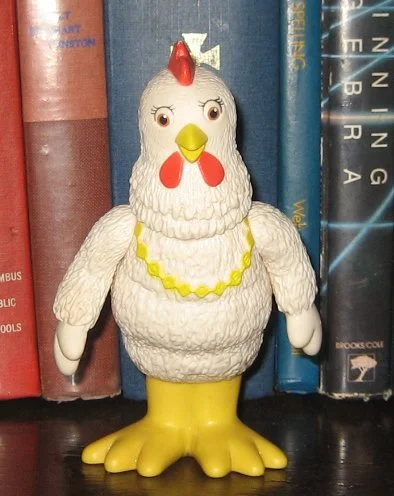
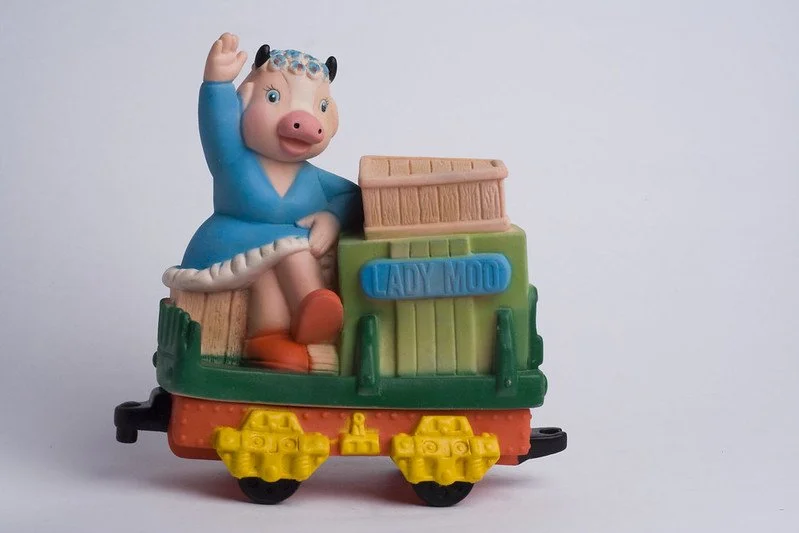
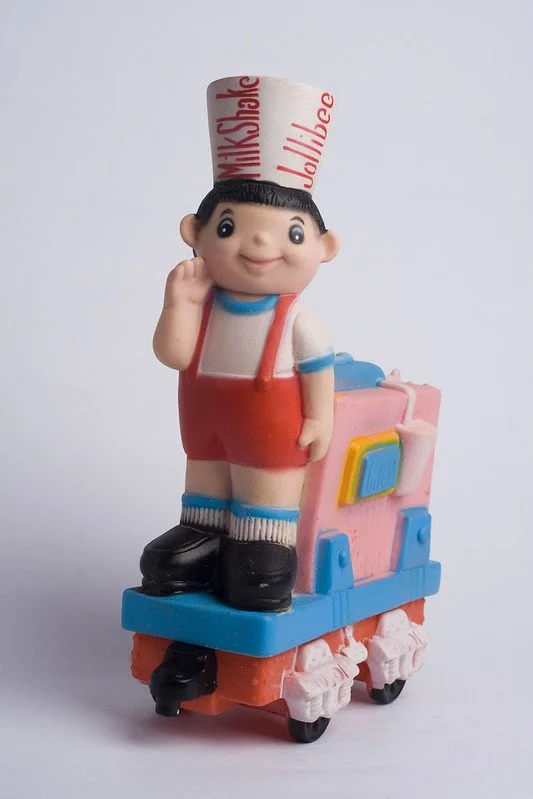



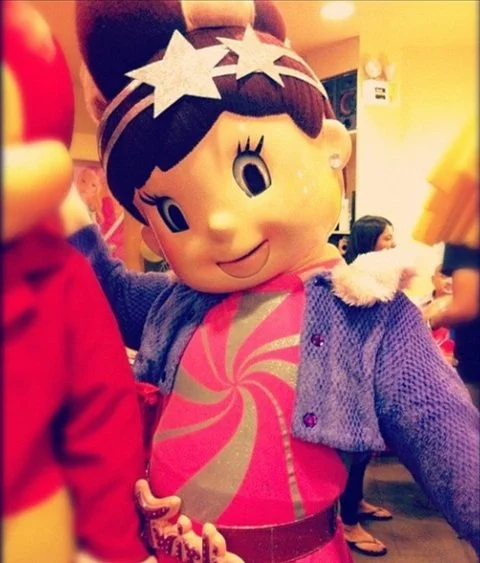


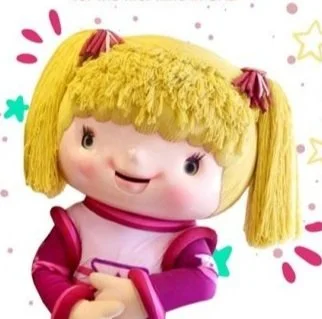
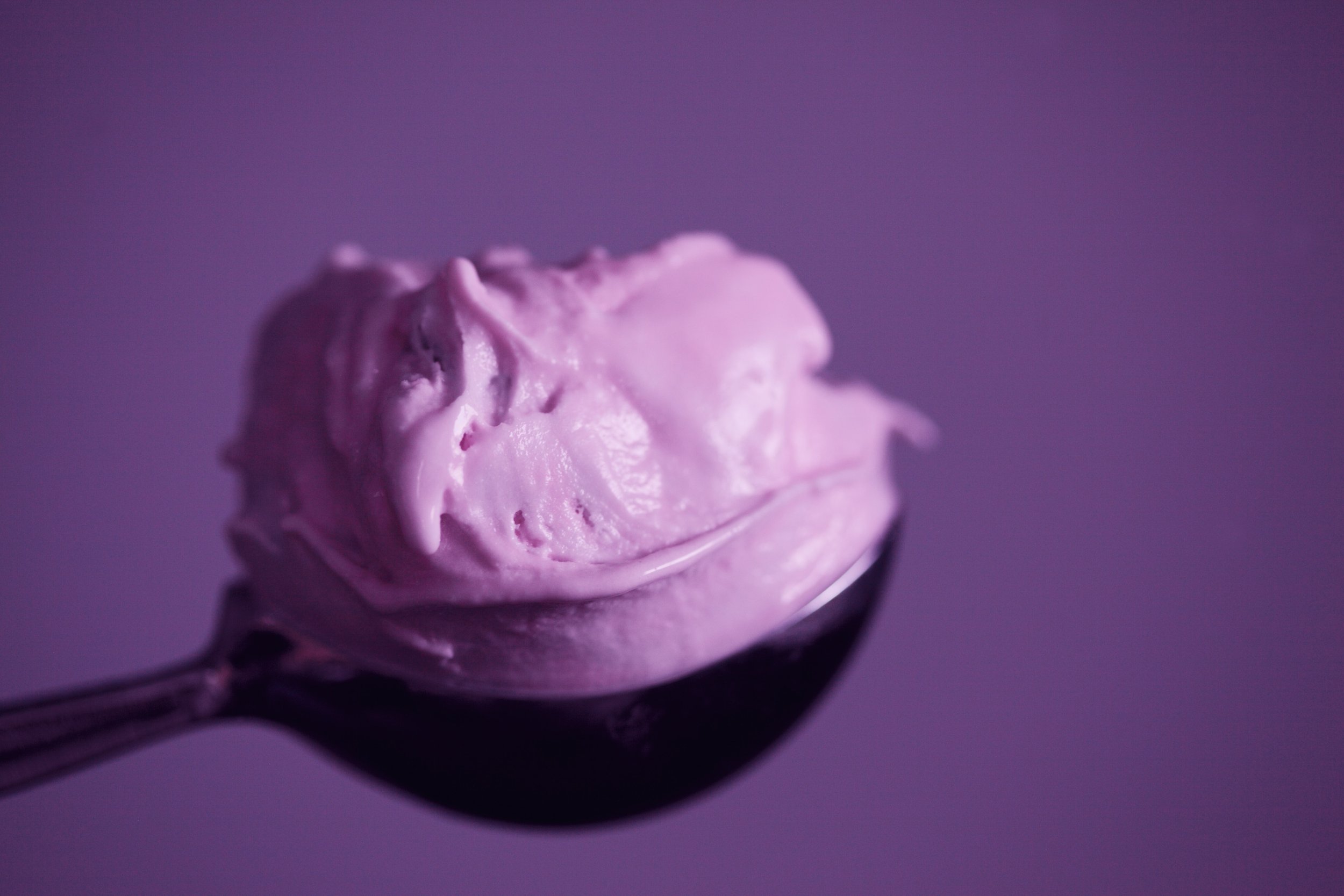
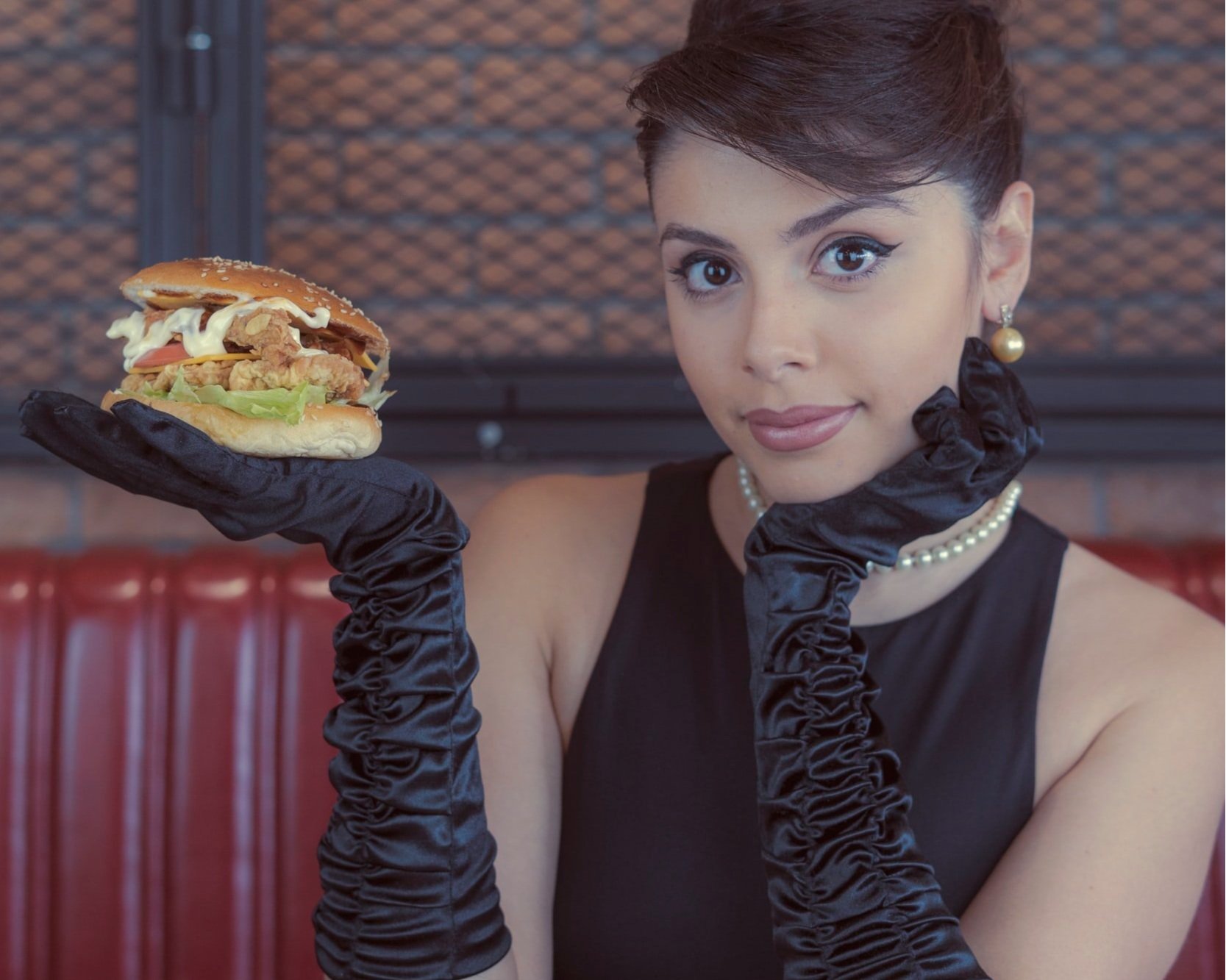
Boba and Ube aside, don’t you feel like everything that is new, super popular and mainstream now is, well… actually old? That’s because it is. Old seems to be the new new.
Read More